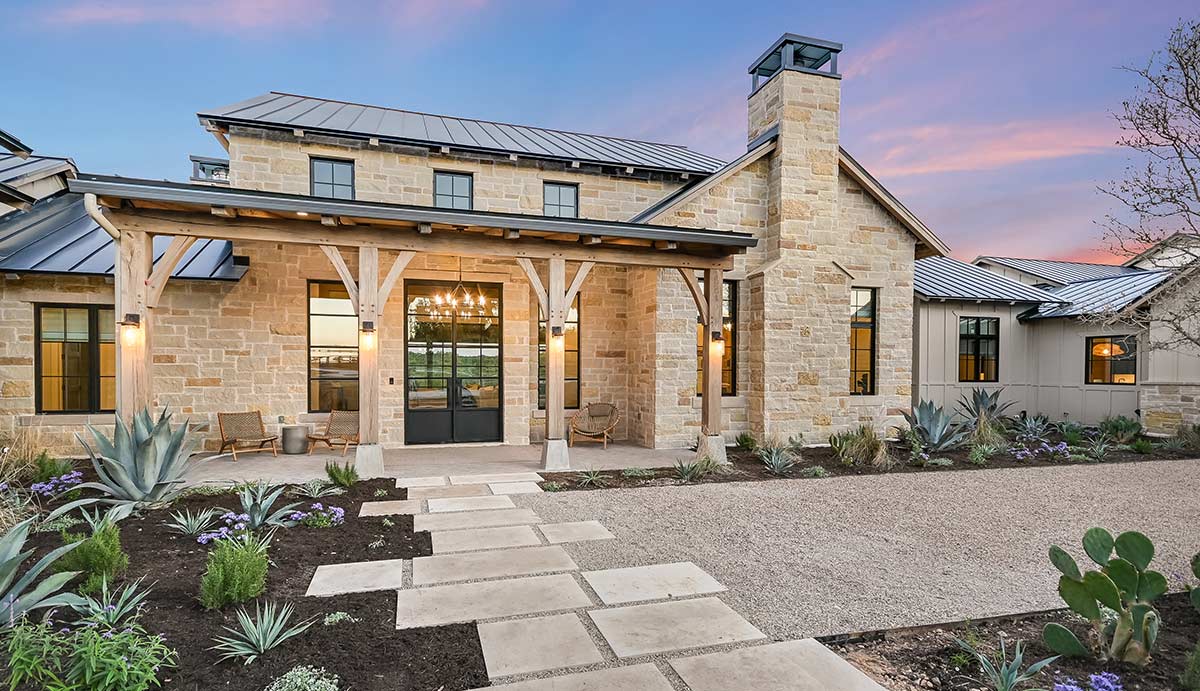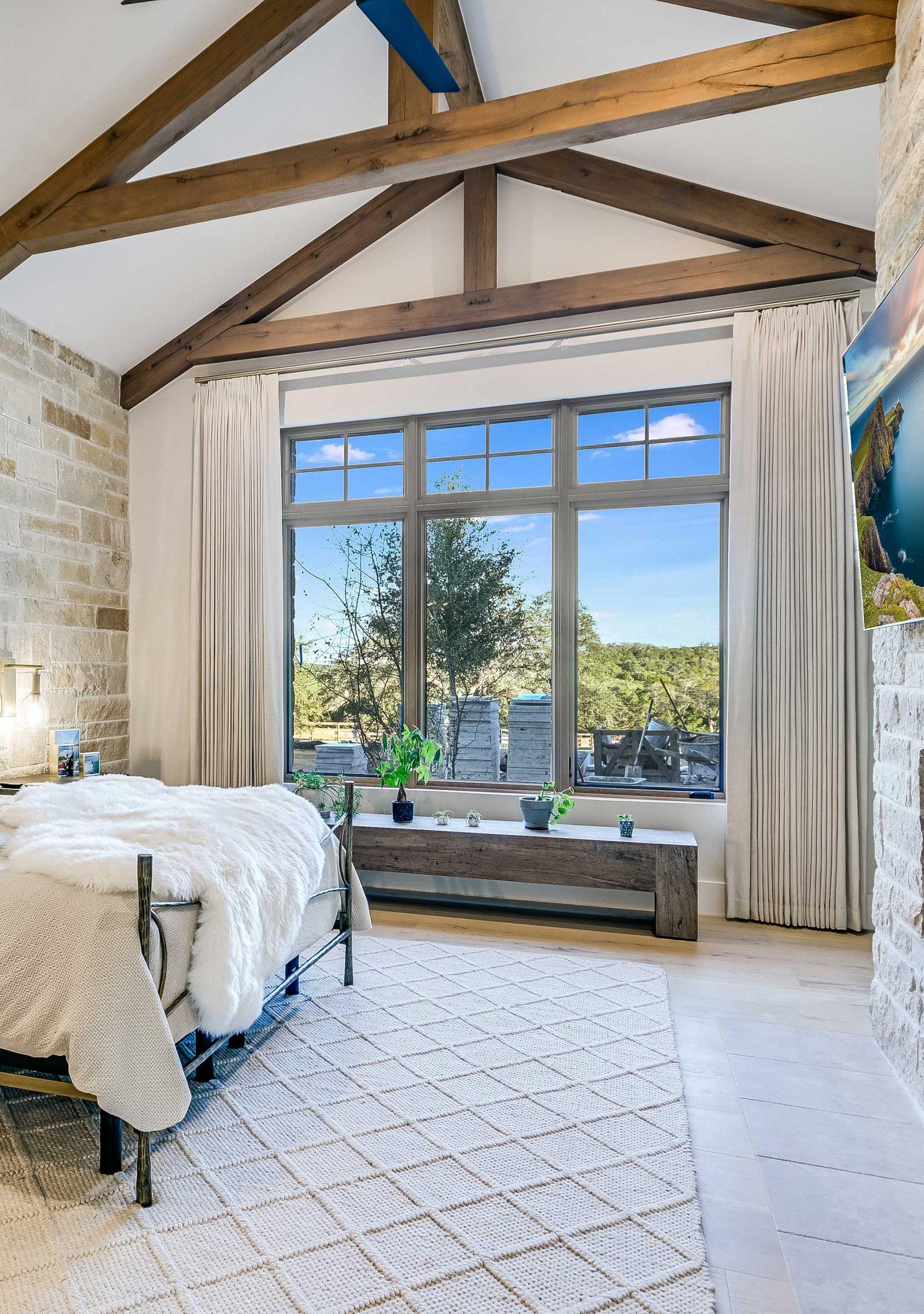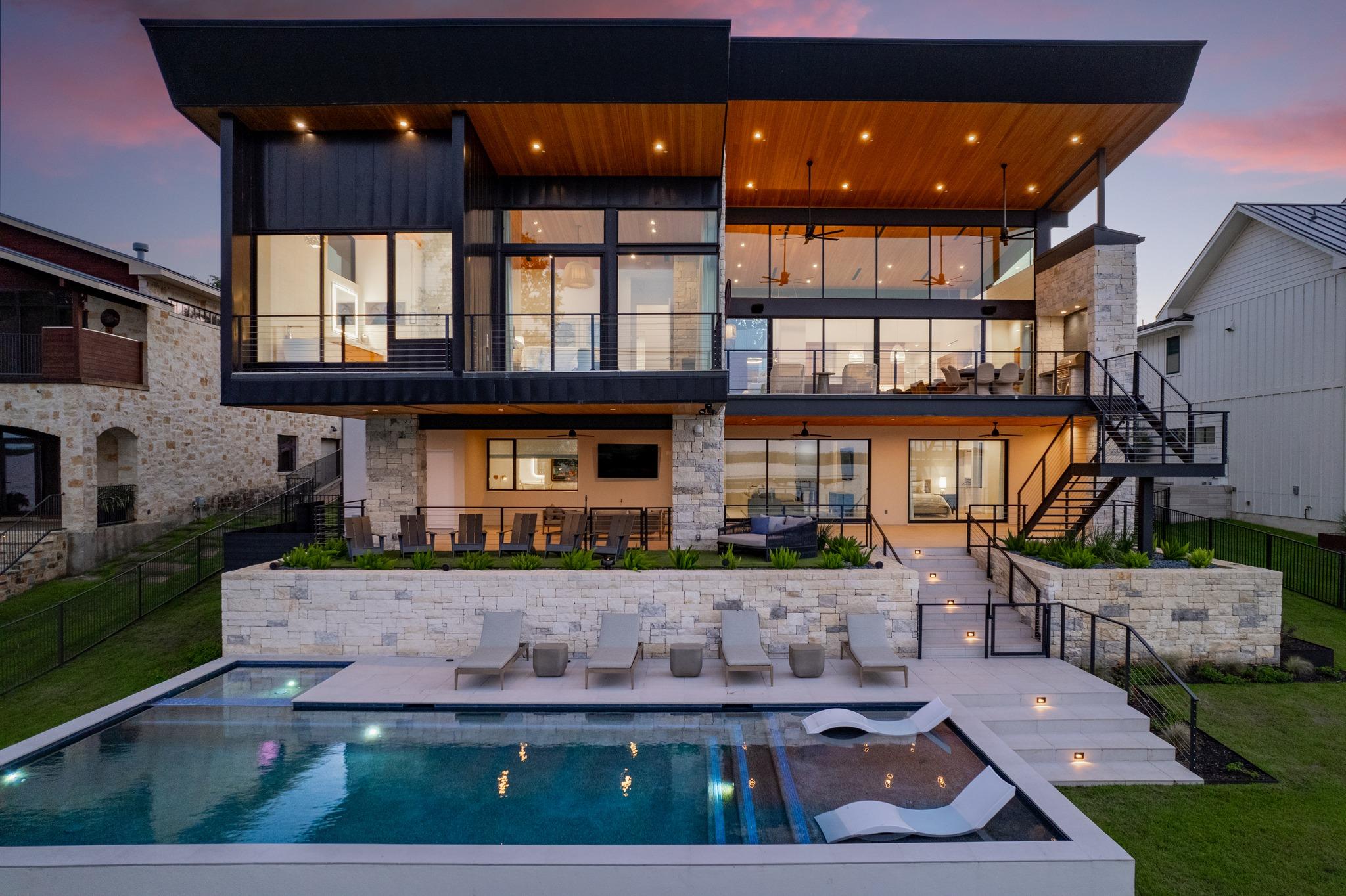
Throughout my 45-year homebuilding career, and now as an Austin Custom Home Builder, designing and building a custom home has been the subject of many articles, discussions, and round-tables. Families considering a new custom home are often unsure where or how to begin. Opinions on this topic vary depending on perspective. Architects and plan designers often believe that getting a client’s vision on paper first is the best approach. They suggest soliciting "bids" from home builders to determine costs. Builders, however, argue that their cost expertise makes them the ideal starting point for potential buyers.
I served for over 20 years on the faculty of the University of Housing, the educational arm of the National Association of Home Builders. In this role, I traveled across the country, teaching the required courses for builders to achieve "Graduate Builder" and "Master Builder" designations. Graduate Builders were primarily taught building science, while Master Builders learned how to build and manage successful homebuilding companies.
This gave me a unique perspective as I regularly stood before professional builders eager to share their experiences. Over the years, these classes became my personal focus groups on various topics related to the homebuilding process.
One question I consistently asked every class was, "How many of you have had a prospective homebuyer bring you a completed set of plans, only to discover the project was far beyond their budget when priced out?"
Without exception, over 90% of the builders in the room raised their hands. The discussions that followed often revealed the same conclusion: the absence of a builder with knowledge of current costs during the design process.
Architects and plan designers, often attending these classes as associate members of the National Association of Home Builders, were asked a similar question: "How many of you have designed and been paid for home plans that were never built?"
Again, the majority acknowledged this unfortunate reality.
This recurring issue highlighted a crucial insight: each stakeholder plays a vital role in the success of a custom home project.
Collaboration from the start is essential to avoid these common pitfalls.
About the Author

Steve Zbranek
Award-Winning Austin Custom Home Builder
Austin Hall of Fame Builder
2-Time National Master Builder of the Year
3-Time Austin Business Journal Custom Builder of the Year
www.zhcustomhomes.com
Connect on LinkedIn

Starting with a Budget
In the first paragraph, I mentioned that custom home clients often don’t know where to begin. This is only partially true—they almost always start with a budget in mind. While there are exceptions where high-net-worth individuals request plans without financial constraints, most families have a clear budget.
Even when a client says, “We don’t really have a budget,” a simple follow-up like, “Are we working below $2 million?” quickly reveals their number.
Starting with a realistic project budget and designing within that budget makes as much sense as aiming for a target on a tree instead of shooting into a forest. From my experience, the success of nearly every custom home project depends on designing to a defined and achievable cost.

Collaboration is Key
Collaboration is the obvious solution. Architects and plan designers should be researched and interviewed to find the right match for the family’s needs, the type of home they envision, and the desired timeline for completed drawings. Builders, too, should be researched in advance. As an award-winning Austin Custom Home Builder, we often receive inquiries from prospective clients trying to determine if we are the right fit for their project.
While “bidding” may seem logical to some, no two builders “bid” the same way or make the same assumptions about a project. Among professional builders, there’s a saying: “The lowest bidder is often the one most willing to lose money.” Selecting a builder with a reputation for fair pricing and transparency increases the chances of a successful project and client satisfaction.
Involving a professional builder during the planning process allows costs to be monitored and evaluated as they arise. Clients can see when specific requests push the budget and adjust their decisions accordingly. For example, choosing standard-sized windows instead of custom-order options can save thousands without compromising the design.
Assembling the Team
Based on my nearly 40 years in the building industry and insights from focus groups nationwide, I recommend starting the custom home process by assembling the right team. This team often includes a realtor, an architect or plan designer, a professional builder, and sometimes a financial advisor to bring the project to life. Starting with a clear target budget drives the entire process.
While the final project often exceeds the initial budget, a collaborative approach ensures clients know this during the design phase. They can then make informed decisions along the way. Successful custom home projects begin and end this way. The alternative—asking, “How much does this house cost?” after plans are completed—is rarely as smooth or enjoyable.




